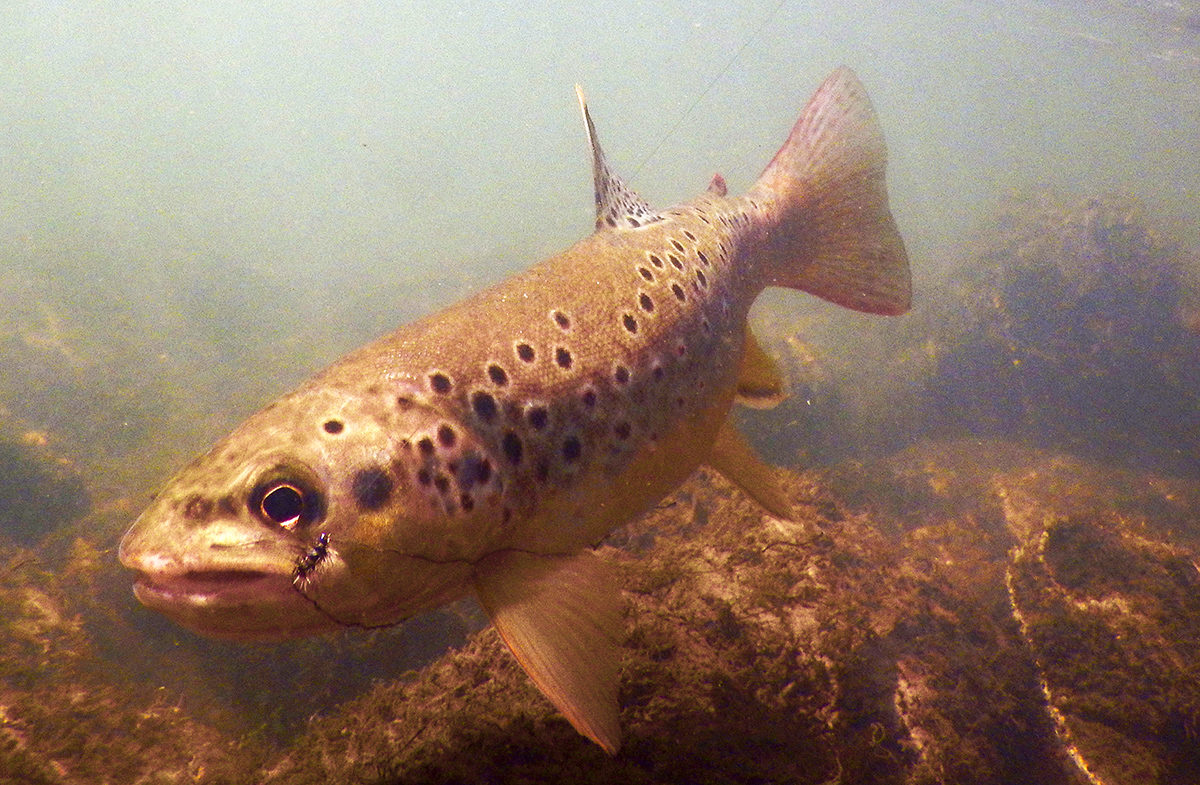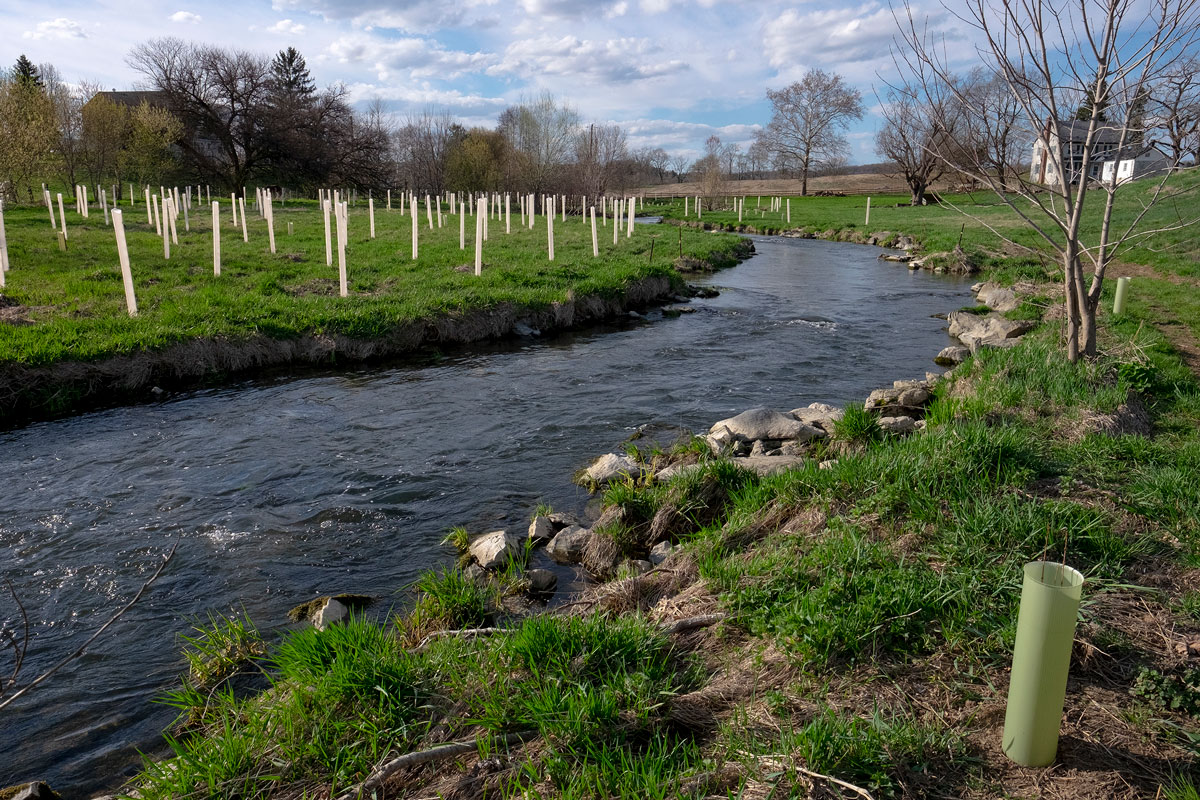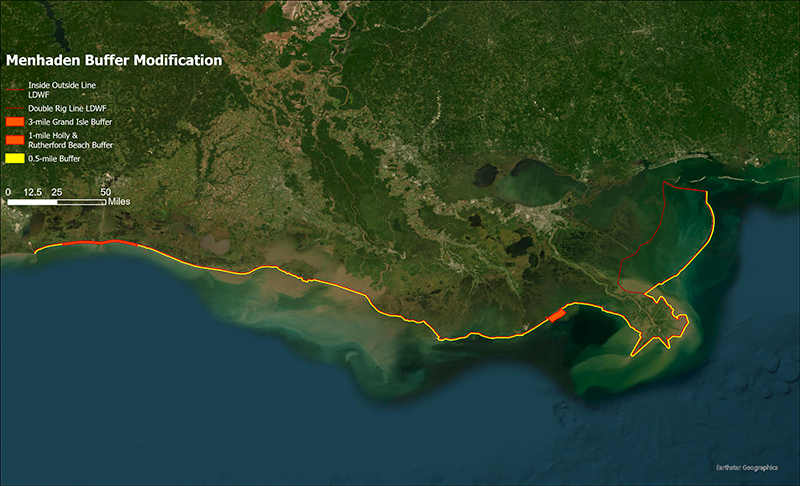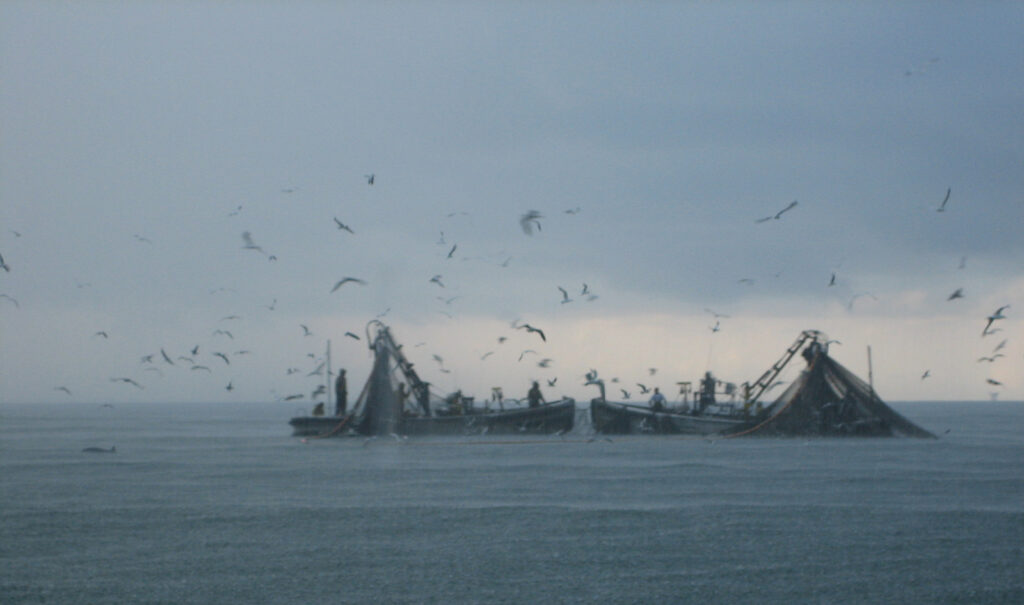The New England Fishery Management Council is soliciting public comments to develop new management measures for this critical forage fish
The Atlantic herring stock is currently considered overfished, at a mere one-fifth of its target biomass. While the total herring harvest has decreased over the years, economic and on-the-water conflicts still abound between industrial midwater trawlers and other groups in New England who are reliant on a healthy herring resource, such as recreational anglers, other commercial watermen, and ecotourism operators.
Atlantic mackerel, a primary alternative prey species for herring predators – and harvested by essentially the same trawling fleet – have also crashed. In addition, the high volume of bycatch of already depleted species like river herring and shad, which are caught by the industrial herring fleet year-round, has prompted scientists and managers to ask two important questions:
What more can be done to mitigate bycatch from the directed herring fishery, and how can we enhance efforts to restore and maintain runs of river herring and shad?
Previous Protections Vacated in Court
Many New England anglers might remember the nearly decade-long process that was Amendment 8 to the Atlantic Herring Fishery Management Plan. From 2015 to 2021, anglers and conservationists helped provide input toward the development of a 12-mile-wide “Inshore Midwater Trawl Restricted Area” as part of the amendment. This buffer zone protected nearshore areas in New England from the impacts of industrial midwater trawling, allowing recreational anglers and smaller-scale commercial gear types enhanced access to herring for bait, and leaving more forage in the water for herring lovers like striped bass, tuna, whales, and many more.
Unfortunately, that buffer zone was short-lived; vacated in 2022 because the court determined that the rationale for its establishment – localized depletion of the herring resource – couldn’t be scientifically proven. So, it might come as no surprise that the issues prompting the buffer zone’s development nearly ten years ago still persist in 2024, and now there’s an effort to re-establish similar restrictions within the fishery.
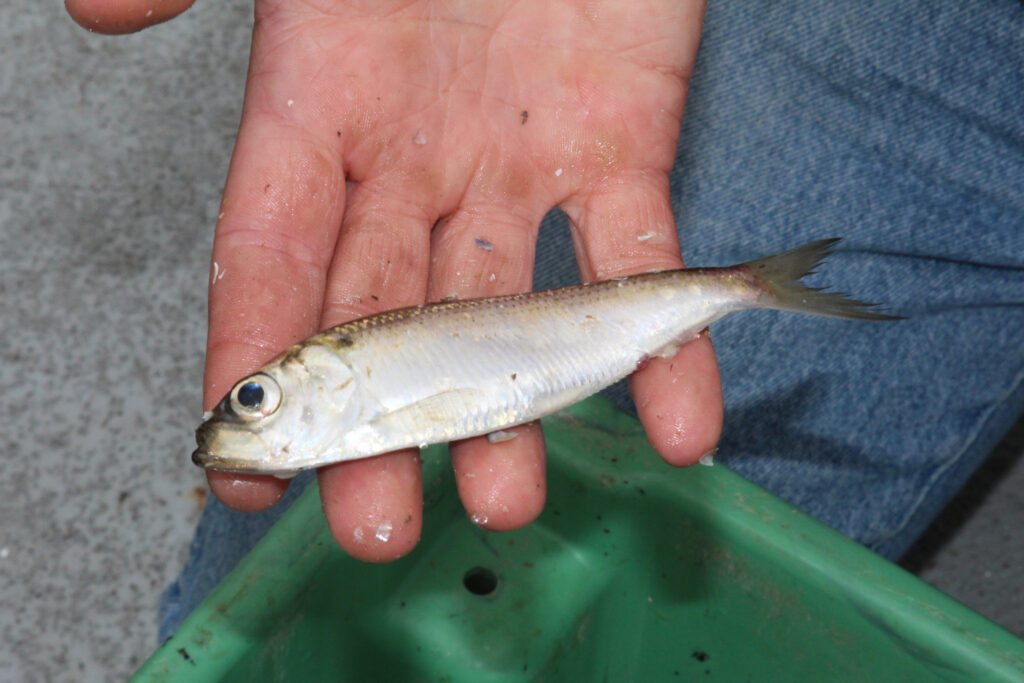
A Renewed Attempt to Protect Herring
In 2023, the New England Fishery Management Council began working in earnest to prioritize the development of new management measures through a new amendment to the Fishery Management Plan – Amendment 10 – to address the ongoing concerns, attain optimum yield in the fishery, and improve herring’s conservation status. Last year, the Theodore Roosevelt Conservation Partnership and partners launched a new campaign to work alongside the council to support Amendment 10 action and ensure that access to a healthy herring population is available to all stakeholders.
The council has since decided to explore a range of management alternatives to “minimize user conflicts, including spatially and temporally explicit gear restrictions, area closures, and possession limits.” Potential management measures it will consider include the spatial extent of the Midwater Trawl Restricted Area approved under Amendment 8, and a focus on areas not subject to current seasonal closures to midwater trawling.
What You Need to Know
The NEFMC is now soliciting public comments about which direction it should take when developing and implementing new management measures in the Atlantic herring fishery. The council is proposing to take action by addressing the spatial (location-based) and temporal (seasonal-based) allocation and management of this species at the management unit level. They have also produced a scoping document with a full list of questions for the public to consider when providing input, which can be found here.
In short, Amendment 10 management measures will be designed to attain optimum yield and improve the conservation status of Atlantic herring by accounting for its critically important role as a forage species; minimizing user conflicts; and addressing the incidental catch of river herring and shad by the directed Atlantic herring fishery.
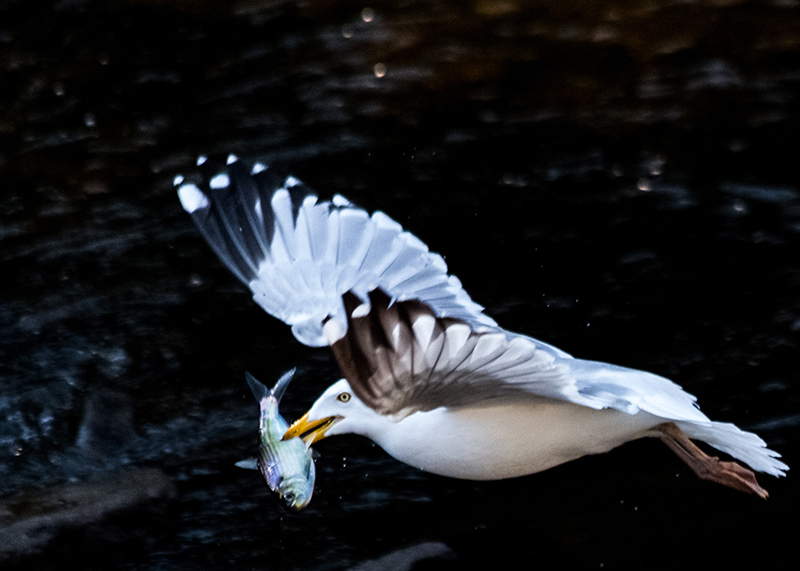
How You Can Help
There are two ways to let the council know which restrictions would improve your access to a healthy herring resource in your area: in-person comments at one of six scoping meetings, or written comments sent in via email.
From March 1 to April 22, the NEFMC is hosting in-person meetings in all coastal New England states, with two webinar options. The TRCP highly encourages you to attend your state’s hearing as the most effective means to convey your concerns. The full meeting schedule is available here. Alternatively, anyone can submit written comments via email during the scoping period from March 1 until 8 a.m. April 30. We have provided a simple prompt and talking points for you to email written comments directly to the council through this .
Some tips for making public comments:
- Be Specific – The council wants to know which spatial and temporal management measures they should develop. They need specific comments about exactly where user conflicts are, when they occur, how those conflicts might be affecting your business/fishing activity, and why new buffer zones could reduce conflict.
- Consider Management Area – The council wants to address herring management by management area. Consider tailoring comments toward the area(s) you utilize the most.
- Aim For “Optimum” Outcomes – The Council wants to attain Optimum Yield in the herring fishery. This is achieved by assessing the tradeoffs of the economic, ecological, and social factors that determine the greatest benefit to the nation (i.e., all stakeholders). Let the council know what you consider to be “optimum” for you as a user of the herring resource, so they can decide which management measures will resolve issues most effectively.
It’s critical that anglers and conservationists let their voices be heard during this process. Whether you provide a quick email comment, or attend an in-person meeting in your state, your input is vital to the NEFMC so that they can develop management measures that equitably allocate the herring resource among all stakeholders.
Last but not least, if you have ever experienced conflicts with the industrial herring fleet, we encourage you to fill out this anonymous survey, which will be used to help determine where those user conflicts take place and their impacts. Responses will be analyzed to understand the nature and severity of conflicts with the herring fleet, which could inform the design of one or more new buffer zones to reflect the needs of recreational and commercial anglers and other ocean users.
More on Forage Fish Conservation
For more information about the TRCP’s work on forage fish along the Atlantic and Gulf coasts, click here. As always, feel free to reach out to me at jhiggins@trcp.org with further questions, or if you would like to get more involved with any of our campaigns.
Learn more about forage fish recovery efforts.
Top photo credit: Chesapeake Bay Program/Will Parson


